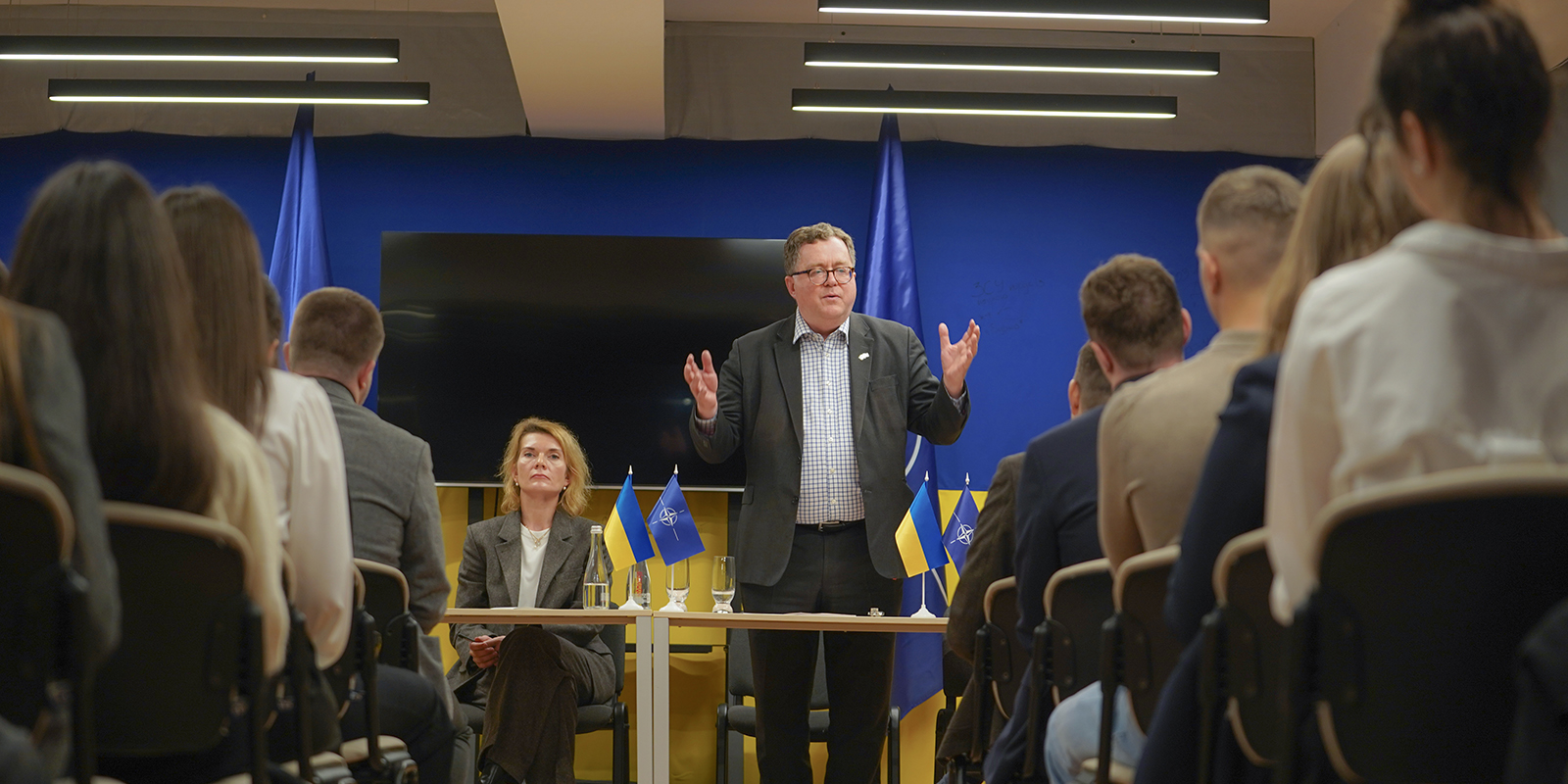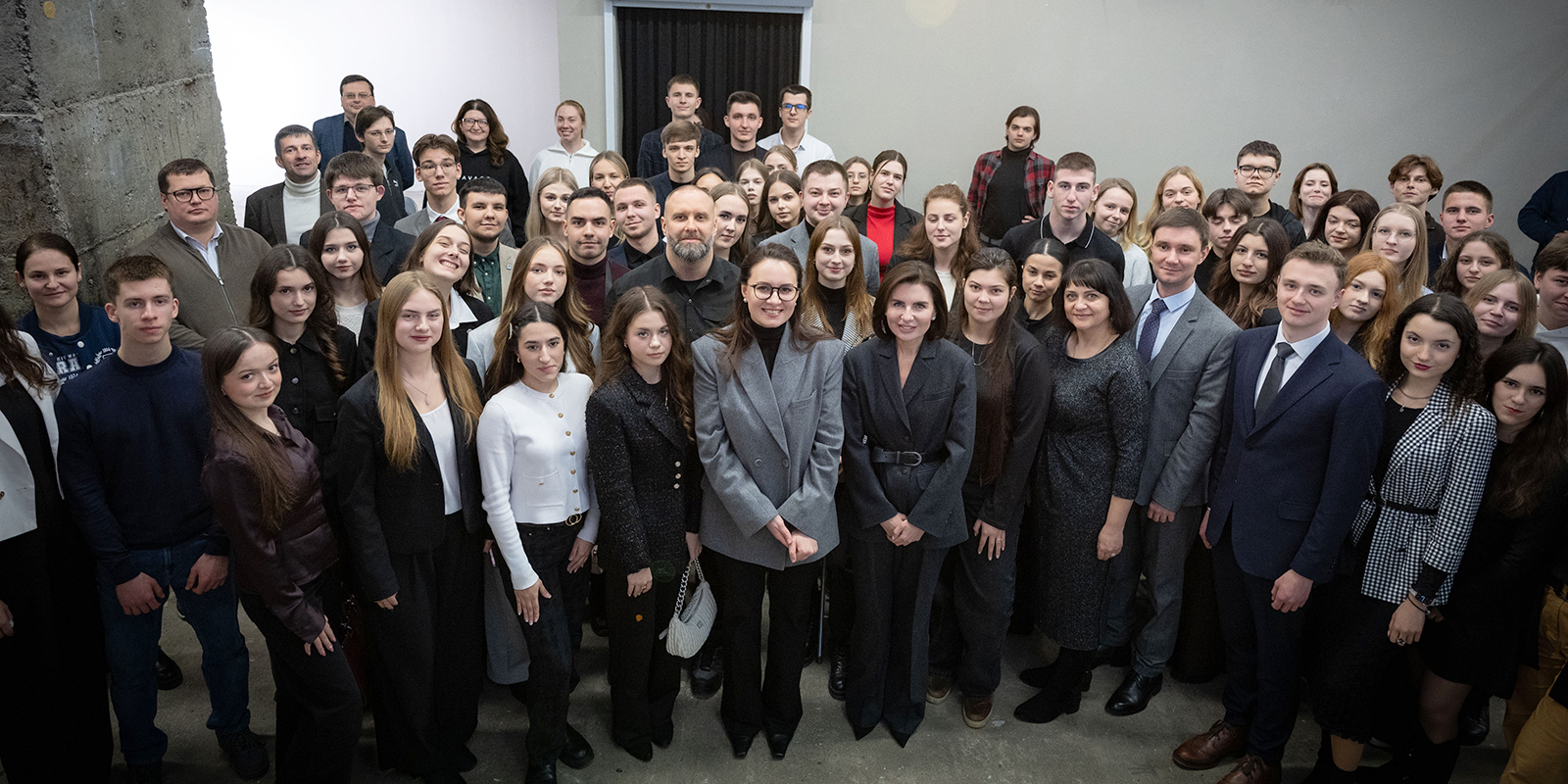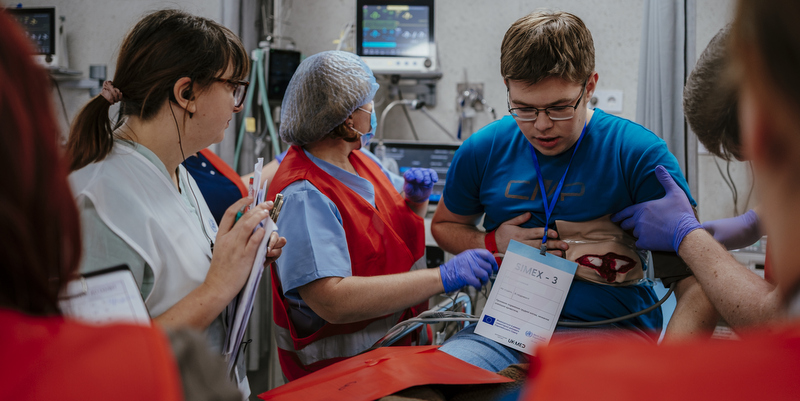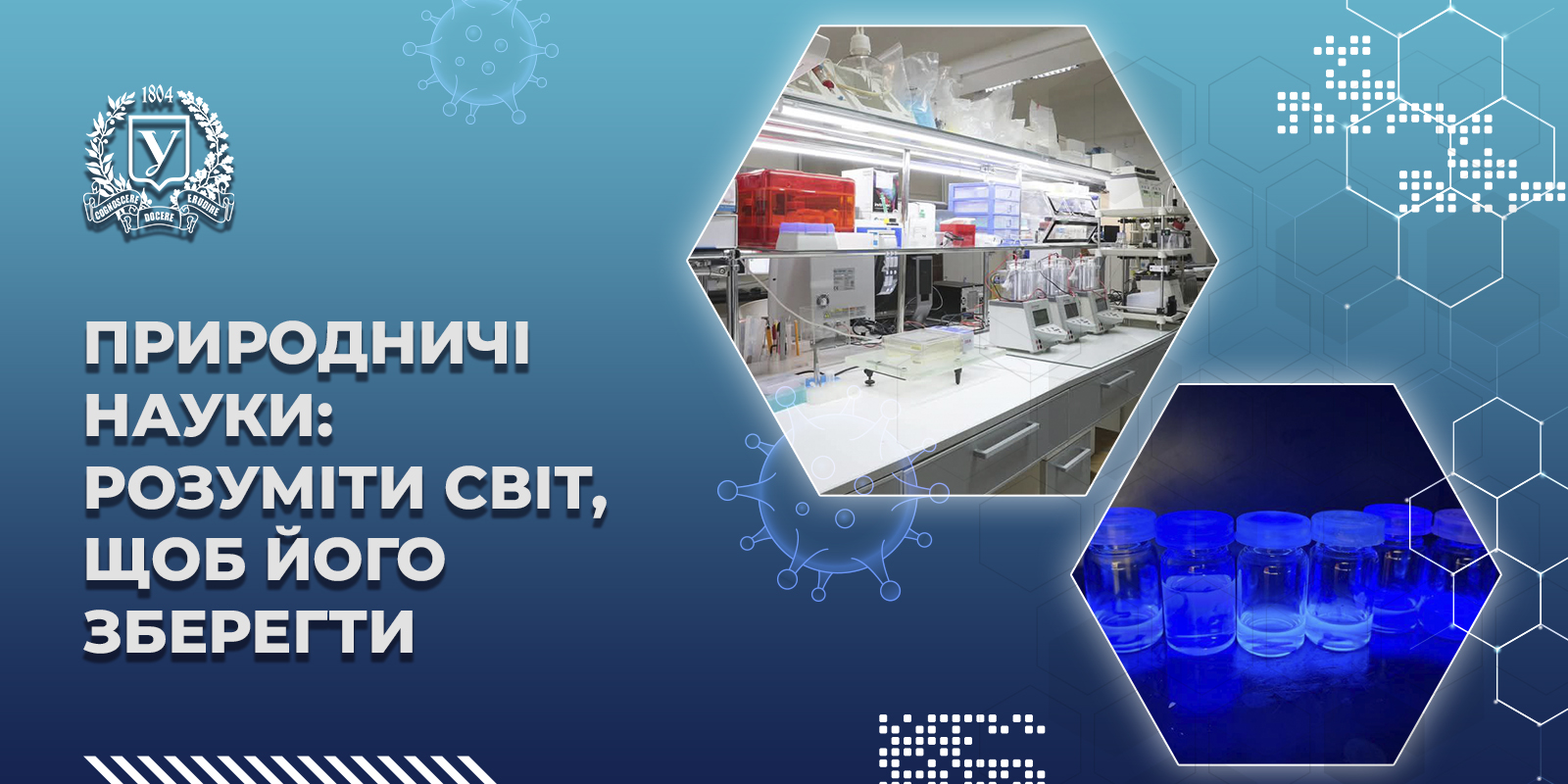Nobel Prize 2025: How the Ukrainian Economy Is Among the First to Embrace the Concept of “Creative Destruction”
.jpg)
We continue our discussion about this year’s Nobel Prize in Economics. The second part of this conversation is devoted to the authors of a theory that teaches us to see new opportunities in destruction: Philippe Aghion and Peter Howitt showed that progress is born when bold innovations reshape the world faster than we can get used to it. In times of digital upheavals, wartime challenges, and global competition, their ideas appear sharper than ever. We spoke with Tetiana Shuba, Associate Professor and Head of the Department of International Economics and Global Economy at the School of Economics, to understand how “creative destruction” works globally and why Ukraine’s experience is one of its most vivid manifestations.
Why do you think the theory of sustainable growth through creative destruction by Aghion and Howitt has regained relevance precisely now?
The theory of creative destruction has become extremely relevant due to today’s massive technological shifts. Digital transformation, artificial intelligence, automation, and the COVID-19 pandemic have accelerated the replacement of traditional industries with new technologies. We are witnessing classical “creative destruction”: electric vehicles crowding out internal combustion engines, streaming services replacing traditional television, fintech companies competing with banks. At the same time, geopolitical instability and the need for a green transition generate demand for new growth models. The Aghion–Howitt model explains why some economies successfully adapt to change while others stagnate. For policymakers, it provides tools to understand how to stimulate innovation without causing social upheaval. The theory is also important for understanding inequality: technological progress creates new opportunities but can leave part of the population behind.
How would you briefly explain the main idea of Aghion and Howitt’s work to students?
Imagine the market as constant evolution: new, better products replace old ones, and innovative firms displace inefficient competitors. Aghion and Howitt mathematically proved that this process drives economic growth. Their model shows that when an entrepreneur creates an innovation, they obtain temporary monopoly power and high profits. This motivates others to invest in research to produce an even better product and displace the leader. This creates a chain reaction of progress. “Creative” means creating the new; “destruction” means eliminating the obsolete. Unlike classical theories that considered technological progress an external factor, Aghion and Howitt demonstrated that innovation emerges from economic incentives within the system itself. This revolutionized development policy: instead of simply accumulating capital, societies must create conditions for innovation.
The concept of creative destruction combines contradictory ideas — progress and loss. How realistic is this idea in the modern economy, particularly in Ukraine?
The concept is entirely realistic, as Ukrainian practice confirms. The war has paradoxically accelerated creative destruction: traditional industries have suffered damage, but new ones have emerged. Look at military technologies — they are always a clear example and driver of innovation. UAVs and other drones are replacing tanks, aircraft, and even people on the battlefield.
Cybersecurity is gaining importance as more of our information, operations, and daily life shift to the digital sphere. Old ways of producing and living are collapsing, while new ones emerge.
The IT sector demonstrates classic creative destruction: Ukrainian startups replace traditional services, while outsourcing companies evolve into product companies. The energy sector is undergoing double destruction: wartime damage and technological shifts toward renewable energy. Yet Ukrainian conditions also show the darker side: mass unemployment in traditional industries, migration of skilled workers, regional inequality. Still, creative destruction gives Ukraine a chance to “leapfrog” technological stages and adopt cutting-edge solutions without repeating the historical paths of developed countries.
Aghion and Howitt’s work is not only about economic formulas, but also about moral choice: how to make room for the future without destroying the humanity of the present. How do you see the balance between progress and social responsibility?
Balancing progress and humanity requires active public policy and a renewed social contract. Technological progress is inevitable, but its consequences can be softened through inclusive innovation.
First, massive workforce retraining is needed — not a one-time action, but ongoing reskilling throughout a career.
Second, we must develop “human” professions that are hard to automate: education, healthcare, creative industries, social work.
Third, a progressive tax system is necessary, where users of technology compensate society for lost jobs. Universal basic income may serve as a transitional measure.
It is also essential to ensure a fair distribution of innovation benefits: technology should not be concentrated in the hands of a small number of corporations. Ethical responsibility of business must become an integral part of innovation. Humanity does not mean stopping progress — it means making it inclusive.
In their model, the laureates showed that innovations not only stimulate the economy but also create social tension. How can the state mitigate these conflicts?
The state must serve as a “shock absorber” of creative destruction through a comprehensive adaptation policy.
Key instruments include:
• Counter-cyclical retraining systems, with a focus on digital skills and soft skills;
• A flexible social support system that encourages retraining rather than discourages job seeking;
• Regional development policy, since innovation tends to concentrate in major cities, deepening territorial inequality — thus the state should stimulate the creation of tech hubs in smaller cities;
• Regulation of market monopolization, via antitrust policy and support for startups;
• Investment in education and STEM programs to foster societal “innovation readiness”.
It is also crucial to engage social partners — trade unions, business associations, civil society organizations — in designing adaptation strategies. Without a broad social consensus around the need for change, any policy is doomed to fail.
How should economic education respond to these global trends? Do we need to rethink how specialists are trained?
Economic education needs rethinking to prepare specialists for an era of permanent creative destruction.
First, we need an interdisciplinary approach: combining economics with technology, psychology, sociology, and environmental studies. Future economists must understand how AI changes labor markets, how blockchain affects finance, and how climate change shapes new economic models.
Second, there must be a focus on dynamic models, not static ones: students should study endogenous growth theories, behavioral economics, and evolutionary economics.
Third, soft skills become critically important: critical thinking, adaptability, emotional intelligence, and ethical leadership.
Fourth, education must be practice-oriented: internships in startups, analysis of real technological transformation cases, working with big data.
Fifth, lifelong learning: economists must be ready for continuous retraining. Universities should become lifelong learning hubs, not just places to earn a diploma — reliable companions throughout a person’s life.



.jpg)
.png)





%20(1).jpg)

.jpg)